Saylor PT Palm Beach
561-223-3872
Saylor Physical Therapy Palm Beach
Hip and
Knee Pain
Hip and Knee Pain Therapy at Saylor Physical Therapy Palm Beach
The knee is a weight-bearing joint that functions to allow movement of the leg and is critical to walking normally. The knee joint has three compartments: the inner (medial) compartment, the outer (lateral) compartment and the patellofemoral, where the kneecap joins the femur. The thigh bone (femur) meets the large shinbone (tibia) forming the main knee joint.
It is surrounded by a joint capsule with ligaments strapping the inside and outside of the joint as well as crossing within the joint. The fact that the knee is such an intricate structure and that it is an active weight-bearing joint are factors in making the knee one of the most commonly injured joints.
The hip joint is made up of two bones: the pelvis and the femur (the thighbone). It is the largest ball-and-socket joint in your body and allows for a lot of movement such as walking, running, and climbing. The joint is also composed of several powerful muscles that attach to these bones.
These muscles play an important role in the health of your hip. They work together to provide you with a full range of motion while keeping your body stable and upright. Pain in the hip can be a result
We can help you with your hip and knee pain.
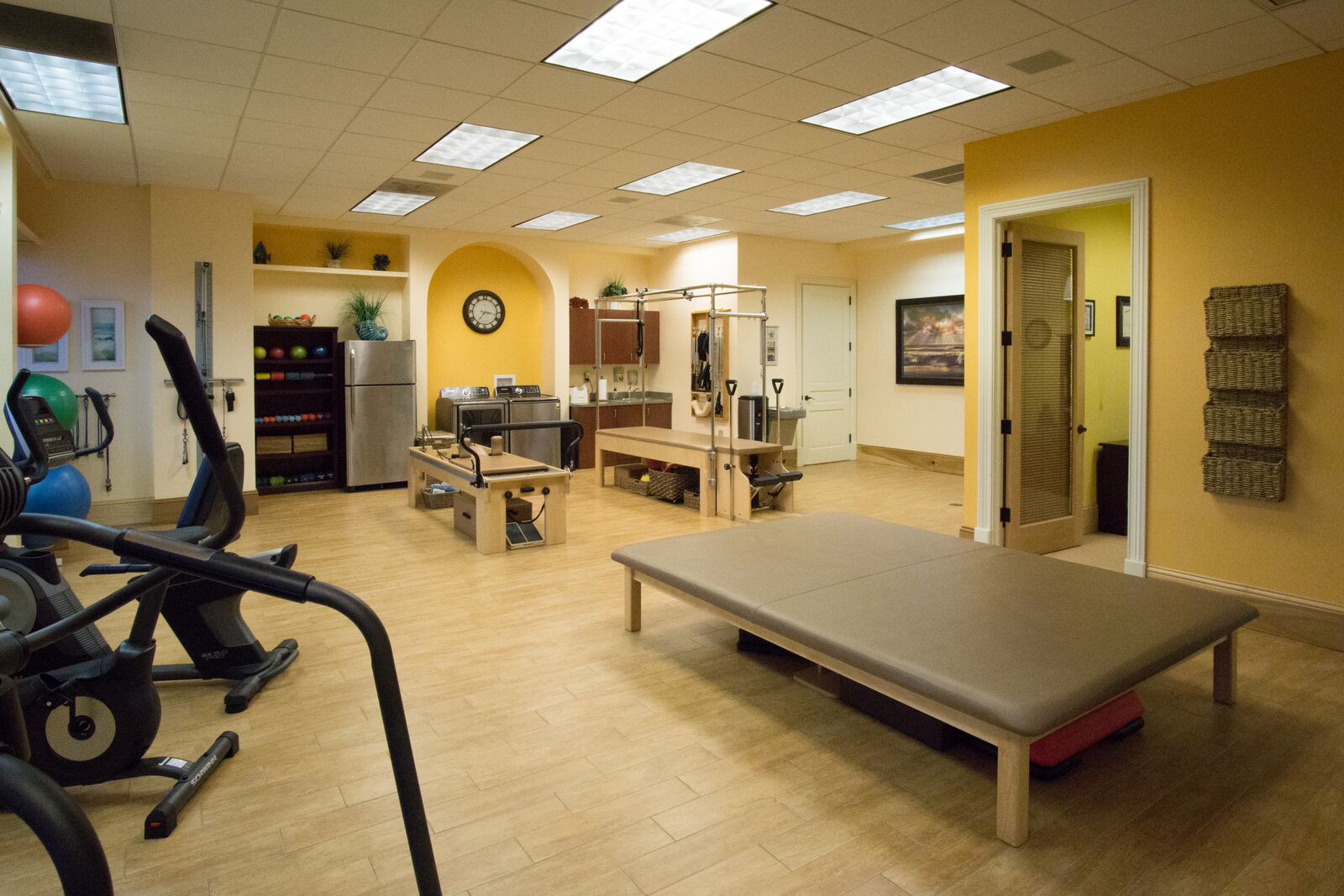
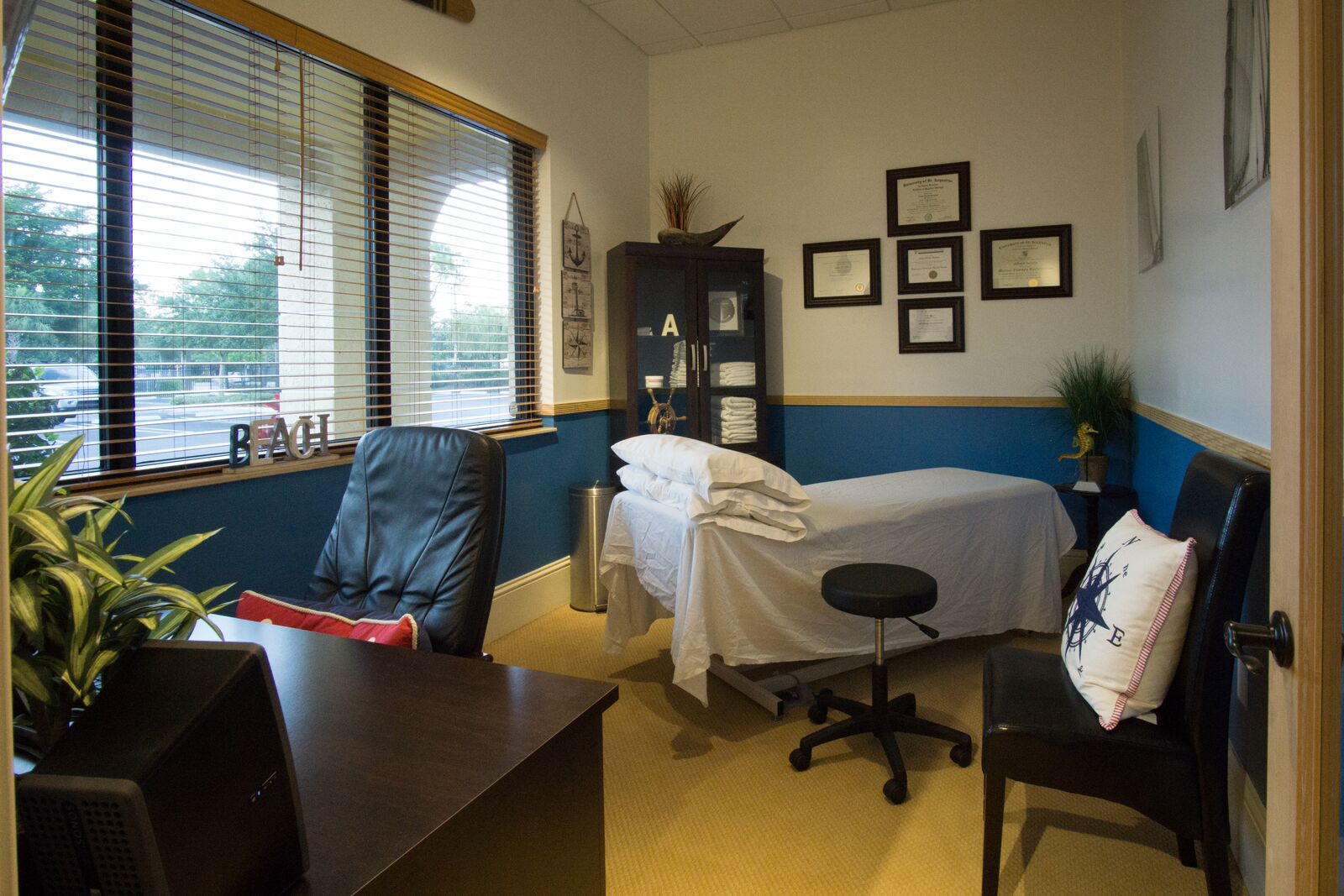
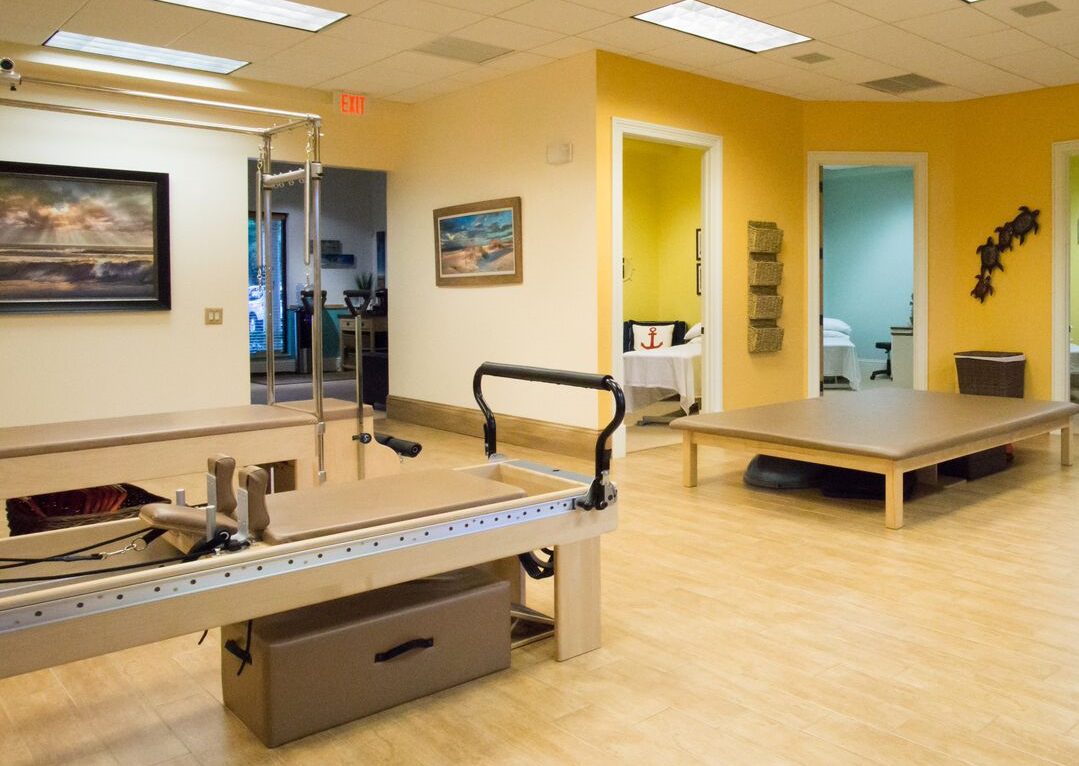
Hip and Knee Therapy in Palm Beach
Schedule an appointment and we look forward to providing you with quality, individual, one-on-one care for one full hour.
Hip and Knee Pain Issues:
- Groin Strain ( Adductor Muscle Tear)
- Osteoarthritis
- Meniscal Tears
- Bursitis/Tendinitis
- Iliotibial Band Friction Syndrome
- ACL Tear
- MCL Tear
- PCL Tear
- Patello-Femoral Syndrome
- Groin Strain
Hip and Knee Pain Symptoms
Depending on the cause and severity, hip and knee pain pain can cause an array of symptoms.
It may:
- Be dull, burning or sharp.
- Be localized or dispersed over a broad area.
- Come on gradually or suddenly.
- Occur with muscle spasms or stiffness
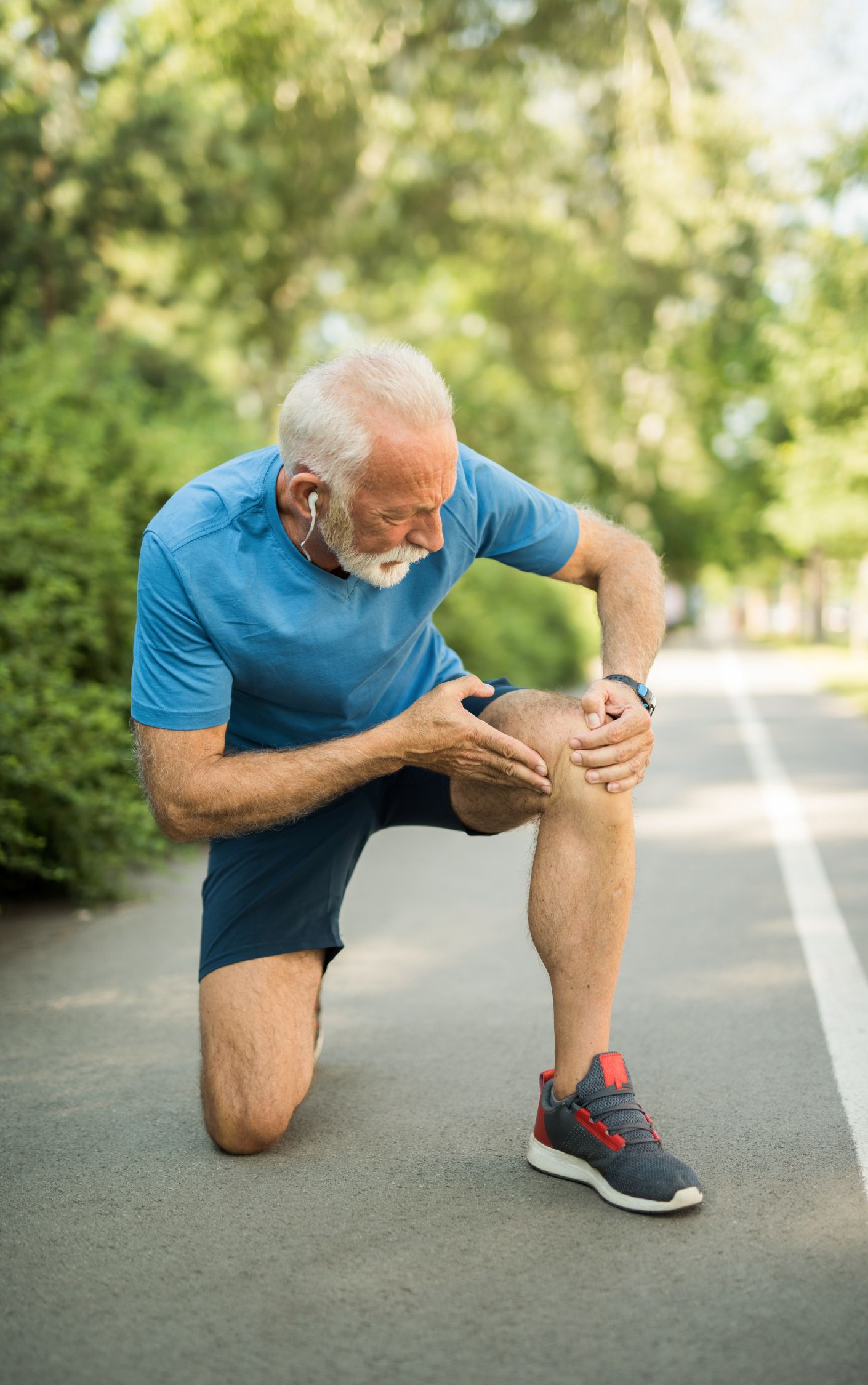
Schedule an appointment for your hip and knee pain
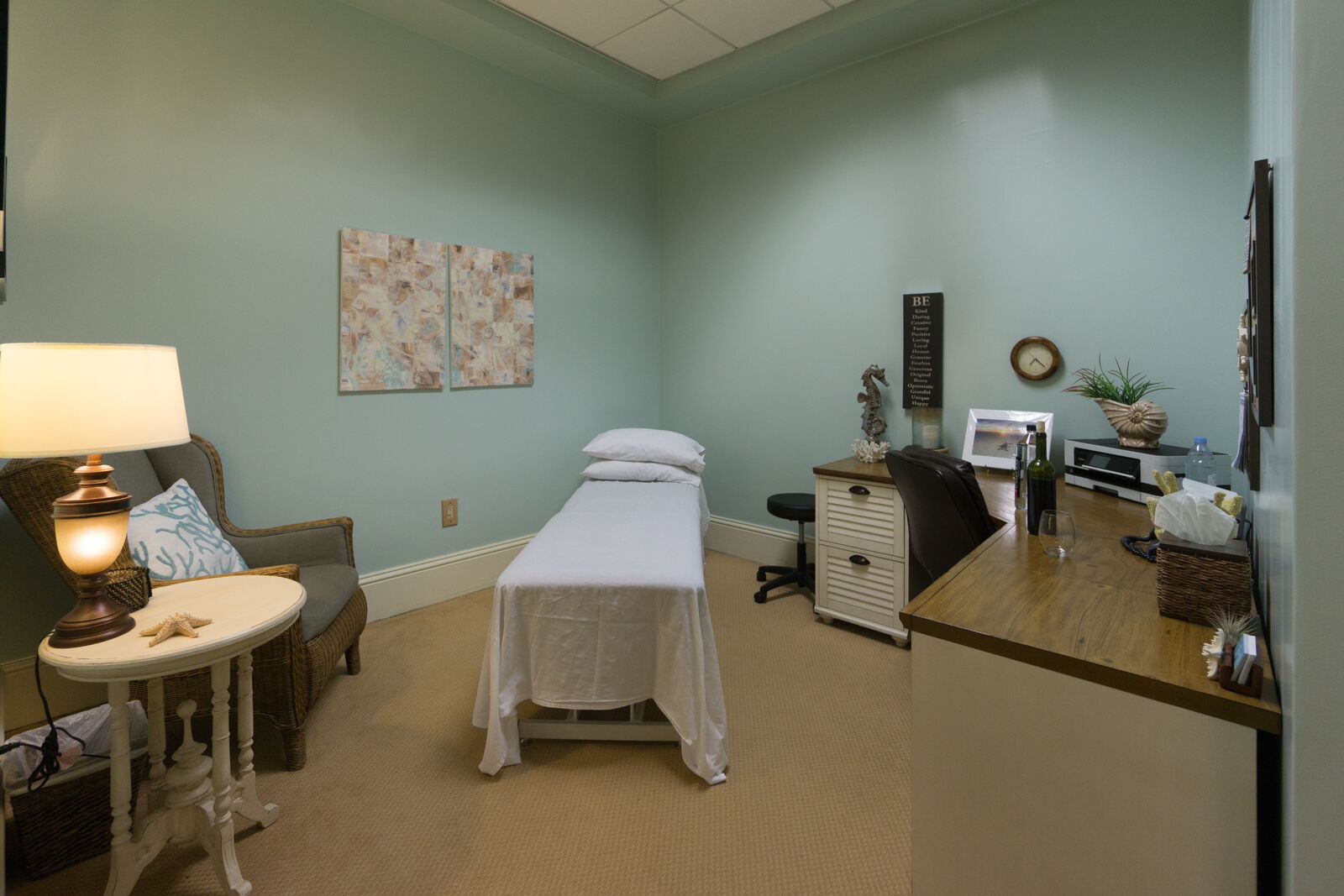
Hip and Knee Pain Explained
Hip and knee pain is grouped into three categories:
- Acute if a spell of pain lasts less than 3 months.
- Recurrent if acute symptoms come back.
- Chronic if your pain bothers you most of the time for longer than a 3 month period.
Hip and Knee Pain Causes
Groin Strain
A Groin pull or groin strain results from putting too much stress on muscles in your groin and thigh. If these muscles are tensed too forcefully or too suddenly, they can get overstretched or torn. This injury usually occurs in sports where cutting, side-stepping, or pivoting are required. Often, there is
Signs and symptoms include pain and tenderness in the inner thigh region. Physical therapy and rest may help speed up
Hip Osteoarthritis
Arthritis means “joint inflammation.” Arthritis causes pain and swelling in the body’s joints such as the knees or hips. There are many types of arthritis but osteoarthritis is the most common. Osteoarthritis is often referred to as degenerative joint disease or
This breakdown in cartilage causes pain, swelling
Patients who have osteoarthritis of the hip or knee sometimes have problems walking. They often have joint stiffness, pain
Meniscal Tears
A meniscus tear is a common knee injury. The meniscus is a rubbery, C-shaped disc that cushions your knee. Each knee has two menisci (plural of meniscus)-one at the outer edge of the knee and one at the inner edge. The menisci keep your knee steady by balancing your weight across the knee. A torn meniscus can prevent your knee from working right.
A meniscus tear is usually caused by twisting or turning quickly, often with the foot planted while the knee is bent. These tears can occur when you lift something heavy or play sports. As you get older, your meniscus gets worn. This can make it tear more easily.
Bursitis & Tendinitis
Bursitis and Tendinitis are both common conditions that cause swelling around muscles and bones. They occur most often in the shoulder, elbow, wrist, hip, knee or ankle. Bursitis occurs when the small, fluid-filled sacs that act as a cushion between a bone and other moving body parts such as muscles, tendons or skin become swollen. People get bursitis from overusing a joint. Hip bursitis is a common problem that causes pain over the outside of the upper thigh. When the bursa sac becomes inflamed it can be very painful as patients with hip bursitis move this tendon with each step. Another form of Bursitis often found in the knee is Prepatellar bursitis, also known as housemaid’s knee. This is pain and swelling on the top of the kneecap, which causes limited and painful movement of the knee.
Tendinitis occurs when a tendon; which is a flexible band of tissue connecting muscle to
The most frequently encountered tendinitis around the hip is iliotibial band (IT band) tendonitis. The IT band begins at the hip and extends to the outer side of the shinbone just below the knee. This band functions to coordinate with several of the thigh muscles to provide stability to the knee. The most common tendinitis to occur in the knee is patellar tendinitis. Jumping sports (such as basketball and volleyball) put a huge load on the kneecap and attached tendons. Signs and symptoms of patellar tendonitis include pain to touch directly on the patellar tendon and occasionally, swelling. Treatment includes activity
Iliotibial Band Friction Syndrome
Iliotibial band friction syndrome is a common cause of knee and hip pain in athletes. This is the inflammation and painful irritation of the iliotibial band where it passes over the lateral epicondyle of the femur, an area just above the outside of the knee. ITBS is considered an overuse syndrome usually common among runners, cyclists and military personnel. The cause of this painful syndrome is usually due to a combination of stresses on the ITB such as; poor flexibility, training on uneven surfaces, worn out shoes, repetitive overuse, and abnormal hip, knee, and foot mechanics.
This syndrome can often be treated with a conservative approach. A physical therapist may use ultrasound and other modalities to help the injured tissues heal more quickly. A skilled physical therapist can also help correct any biomechanical or training errors and teach you how to perform them the right way.
ACL Tear
An anterior cruciate ligament, or ACL,
Some of the best clinical/sports medicine research to date, suggests that a preventive training program can significantly reduce the risk of ACL injuries in female adolescent athletes. Some common signs and symptoms of an ACL injury include a ‘pop’ sensation with significant swelling and pain. There is a sense of instability or the knee giving away. Initial treatment includes rest, ice, elevation, and compression. Physical therapy consisting of progressive strengthening and functional exercise may facilitate recovery.
MCL Tear
The medial collateral ligament (MCL) is one of the four ligaments that are critical to the stability of the knee joint. The MCL spans the distance from the end of the femur to the top of the tibia and is on the inside of the knee joint. The MCL is usually injured when the outside of the knee joint is struck. The MCL on the inside of the knee becomes stretched and if the force is great enough, some or even all of the
There are two main movements that will place stress on the MCL and that is twisting of the knee and outside forces or impact to the knee. Patients with this condition may notice a pop or tearing sound at the time of injury. Initially, rest, ice, elevation
LCL Tear
The Lateral collateral ligament (LCL) is one of the four major knee ligaments. The LCL connects the end of the thigh bone (the femur) to the top of the smaller shin bone (fibula), on the outside of the knee. When the LCL is torn the knee joint may bend too far inwards when stressed. Lateral collateral ligament tears are less common. Initially, rest, ice, elevation
PCL Tear
The posterior cruciate ligament is stronger and often less likely to be injured. The most common injury to the PCL is the so-called “dashboard injury.” This occurs when the knee is bent and an object forcefully strikes the shin backward. This has been seen in car collisions with a forceful strike of the shin to the dashboard. Injury to the PCL can also occur when someone falls on the front of their knee. The symptoms of this tear are very similar to an ACL Tear.
There will be swelling, knee pain and decreased motion. In making the diagnosis for this type of tear knowing how the injury happened and the position of the leg during the action is very important. Initial treatment includes rest, ice, elevation, and compression. Physical therapy consisting of progressive strengthening and functional exercise may facilitate recovery. Surgery is not typically required.
Patello-Femoral Pain
Chondromalacia Patella is the abnormal softening of the cartilage under the kneecap (patella). This is the most common cause of chronic knee pain. This is a result of the degeneration of cartilage due to poor alignment of the kneecap as it slides over the lower end of the thigh bone. This process is sometimes referred to as
Treatment includes pain relief with rest, ice, compression, and elevation. Swelling must be controlled. Progressive strengthening of the quadriceps is essential. Rarely, surgery is required to assist in realigning the kneecap. Anti-inflammatory medications, bracing, and physical therapy
Hip and Knee Therapy in Palm Beach
Contact us for more information or to schedule your appointment today
Services at Saylor Physical Therapy Palm Beach
Neck & Back
Pain
Shoulder, Elbow
& Hand Pain
Hip & Knee
Pain
Foot & Ankle
Pain
Sports Therapy &
Injury Therapy
Personal
Training
contact Saylor PT Palm Beach
Get In Touch
new to Saylor PT Palm Beach?
new patients
Address
Saylor PT Palm Beach
300 Ave of Champions Ste. 100,
Palm Beach Gardens FL 33418
Phone
P 561-223-3872
F 561-223-3895
Hours
Mon 7 am–7 pm
Tues 7 am–7 pm
Wed 7 am–7 pm
Thu 7 am–7pm
Fri 7 am–7 pm
Sat Closed
Sun Closed
